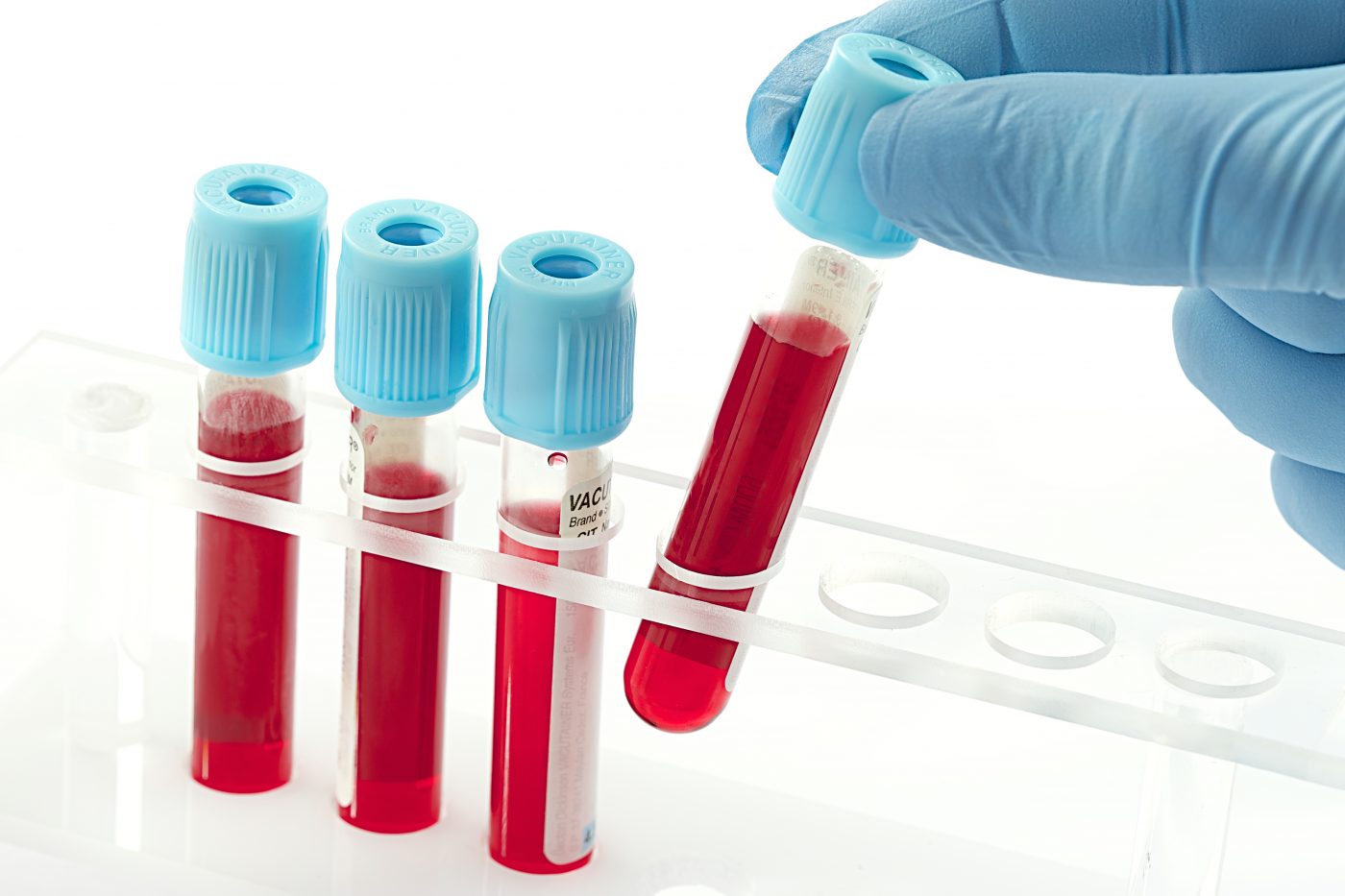Protein Called esRAGE May Be Linked to IPF Progression, Study Suggests

Shutterstock
Low levels of a protein called esRAGE, present in the blood and lungs of people with idiopathic pulmonary fibrosis (IPF), are associated with a poorer prognosis and lower survival rates, a study shows.
These findings suggest that esRAGE may be related to IPF progression and could be used as a prognostic biomarker for the disease.
The study, “Reduced endogenous secretory RAGE in blood and bronchoalveolar lavage fluid is associated with poor prognosis in idiopathic pulmonary fibrosis,” was published in the journal Respiratory Research.
The receptor for advanced glycation end-product, called RAGE, is attached to cell membranes and is a central mediator in chronic inflammatory and immune responses.
Normally, RAGE is produced at low levels throughout the body except in the lungs, where it is produced in higher levels. However, studies have shown that RAGE production is low in the lungs of people with IPF, a change that has been associated with an increased risk of IPF.
An alternate form of RAGE, known as endogenous secretory RAGE (esRAGE), which is not attached to cells and circulates in the blood, has been shown to have anti-inflammatory properties.
The production of esRAGE is also low in the lungs of IPF patients but not in the lungs of people with another condition known as chronic obstructive pulmonary disease, which suggests esRAGE may be specifically related to IPF progression.
However, no studies have investigated an association between esRAGE and IPF disease severity or prognosis.
To address this, a team led by researchers at Hiroshima University in Japan recruited 79 IPF patients, at a mean age of 67.4 years, and 90 healthy individuals used as a control group, with a mean age of 53.8 years.
Blood serum samples were collected from all participants at diagnosis, and in 57 of the 79 IPF patients, a bronchoalveolar lavage fluid (BALF) sample was obtained by rinsing the most affected areas in the lungs with saline and extracting the fluid for analysis. Lung function was tested using spirometry, which measures the rate of airflow in and out of the lungs.
The serum levels of esRAGE were found to be significantly lower in IPF patients than in healthy controls — 162 nanograms per milliliter (ng/mL) versus 200.7 ng/mL in controls.
No connection was found between lung function tests and serum esRAGE levels.
BALF levels of esRAGE correlated with serum levels of esRAGE in patients with IPF and were significantly associated with diffusing capacity for carbon monoxide tests, which measure how much oxygen travels from the lungs into the bloodstream. In contrast, esRAGE in BALF was not linked to forced vital capacity tests, which measure the amount of air that can be forcibly exhaled, nor different cell types found within BALF.
While age and smoking history were not matched between patients and controls, there was no significant correlation of esRAGE levels with these two factors in IPF patients.
Some IPF patients were found to have variations in the gene for RAGE. However, these differences were not related to esRAGE levels in the blood or BALF.
Statistical analysis calculated threshold levels for predicting five-year survival rates. IPF patients with esRAGE levels below 95 ng/mL in serum and 125 ng/mL in BALF had significantly poorer prognoses and lower survival rates.
“Decreased esRAGE levels in BALF and blood were associated with poor prognoses in patients with IPF,” the researchers wrote. “These results suggest that esRAGE could be related to the pathophysiology of IPF and serum esRAGE could be a potential prognostic marker of IPF.”
However, further studies are needed “to investigate the role of the RAGE/ligand interaction effect on the progression of IPF,” they added.






